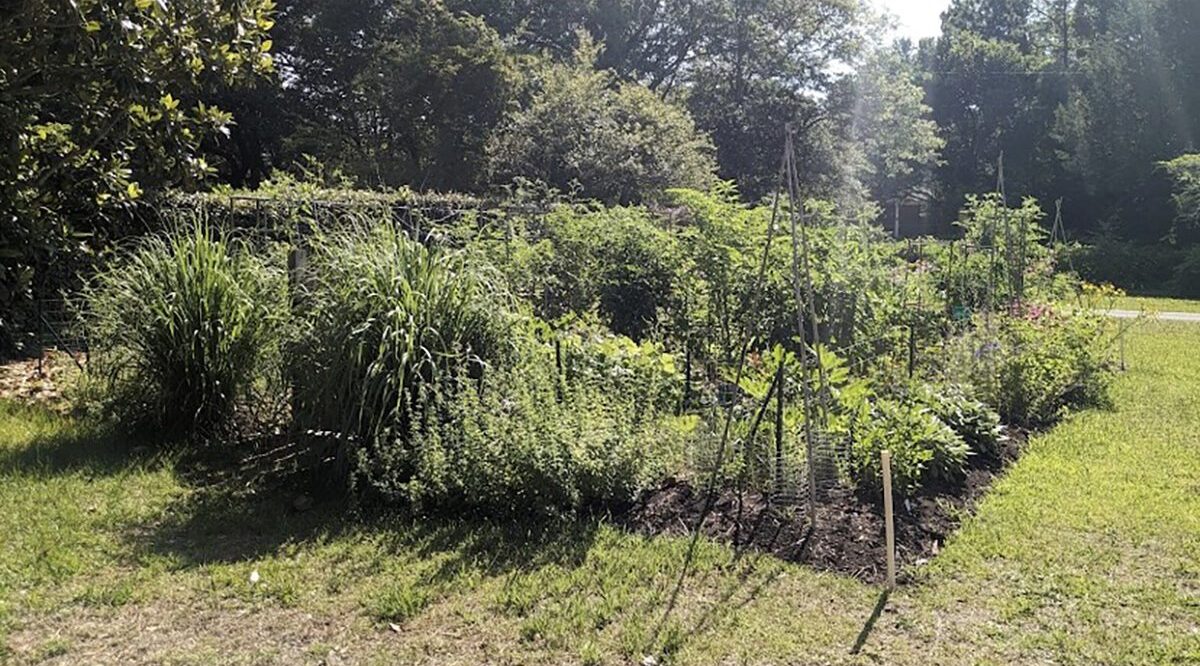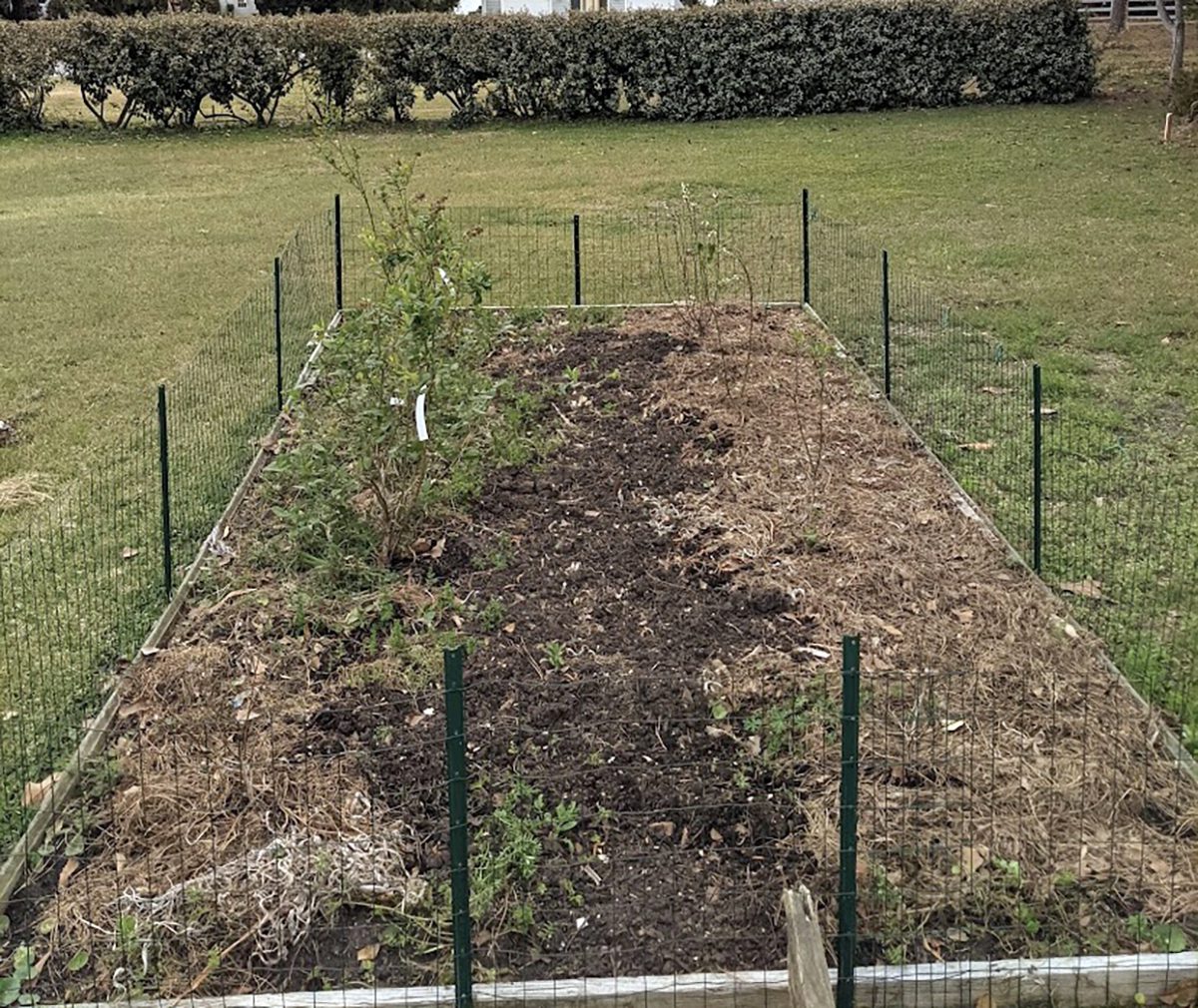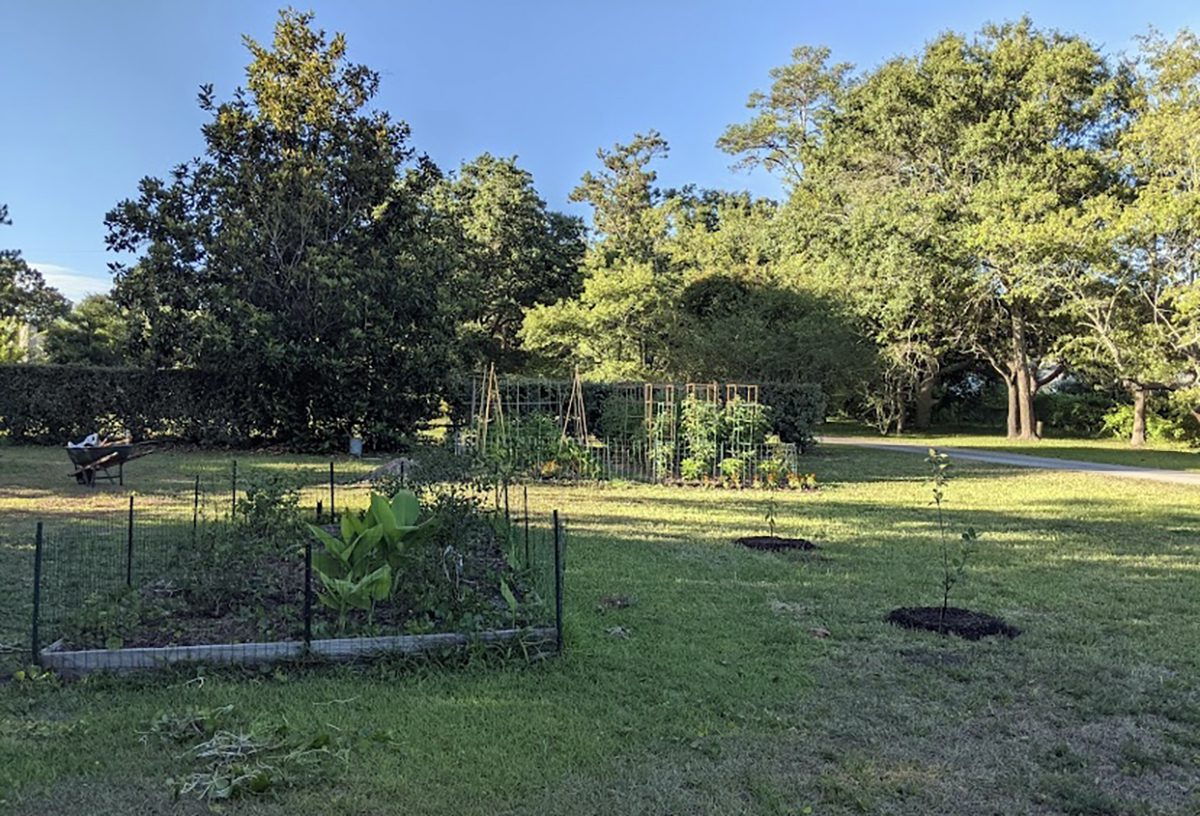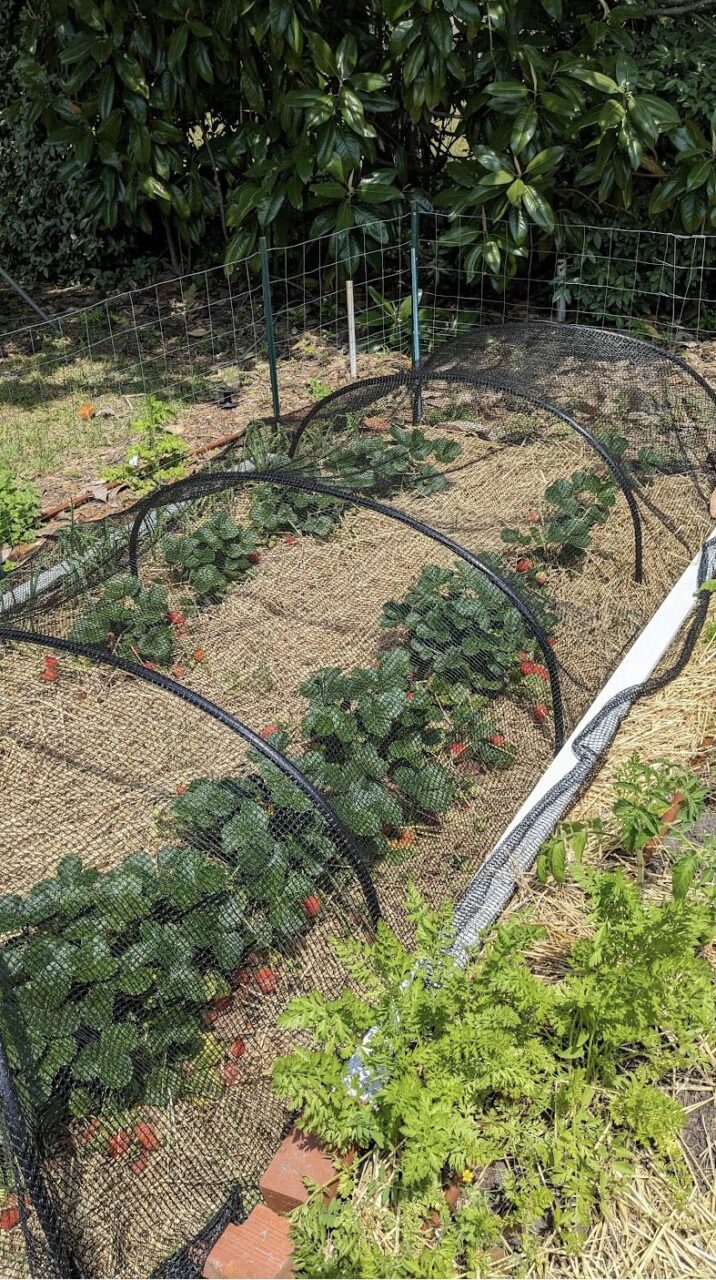
Prerequisites?
What? Like … classes?
Supporter Spotlight
No. No need to take classes and get certified or anything so drastic. Although classes on any subject are always helpful, permaculture doesn’t require classes so much as knowledge of your subject.
Well, shouldn’t you take classes to gain more knowledge?
Not so fast. Don’t feel like you have to rush right out and sign up.
Knowledge about permaculture is more about observation and utilizing nature. Know your land. Go with the flow instead of swimming upstream. Enhance preexisting land contours and natural elements to create more bounty with less work.
Merriam-Webster defines permaculture as “an agricultural system or method that seeks to integrate human activity with natural surroundings so as to create highly efficient self-sustaining ecosystems.”
Supporter Spotlight
An easier definition might be simply “no waste.” Everything in nature is a closed-loop system, meaning everything gets used by something, creating zero waste.
By paying attention to nature and the ways nature uses every scrap, we can strive to recreate the same type of closed-loop system, or permaculture.
In other words, instead of cutting the forest down and plowing natural contours into flat fields, think of permaculture more as living in harmony with your surroundings. It’s observing things and asking yourself questions like:
- At what angles does the sun hit your piece of land at different times of the year?
- What are the times of year when you get more sun, more shade?
- What is the direction of prevailing winds.
- Are there any natural water courses?
- Which way does the water flow after heavy rains? Does it pond anywhere?
- What kind of trees or weeds are already growing naturally there?
Trees and weeds are designed to grow in optimum conditions. If they’re not planted by humans, their seeds will drift on the wind, be borne along by water, or carried by birds and animals. When they find conditions conducive to their growth, they germinate and take off.

Before things like soil tests were available, savvy farmers and landowners would take advantage of normal growth patterns in order to know what crops would grow best and where.
For instance, sheep’s sorrel (Rumex acetosella) and moss are good indicators of acidic soil.
Low nitrogen? Look for clover (Trifolium repens) and lespedeza (Kummerowia striata).
Moist or poorly drained soil? You may see cattails, chickweed (Stellaria media), violets, nutgrass, Virginia buttonweed (Diodia virginiana).
Weeds can even be indicators of pest infestations. If you have an abundance of prostrate spurge (Euphorbia humistrata) or Florida pusley (R. scabra L.), you might have a nematode infestation.

Stinging nettles, (Urtica dioica), as nasty as they can be, are indicative of nutrient-rich soil.
Unsurprisingly, most of these weeds have medicinal or other uses beneficial to humans.
For uncounted centuries, people have even learned to find mineral or metal deposits by paying attention to what vegetation is abundant or lacking.
It’s the same with trees. If you pay attention to what trees are growing on your land, their presence is a good indicator of pH, available nutrients, how wet or dry your soil is, and many other useful tidbits.
So, in order to practice permaculture, do you need a spread in Texas? At least a good-sized farm? Nope! Whether you have a small backyard or half an acre or even substantial acreage, permaculture is more about good stewardship and living in harmony with your space than how much space you have.
Of course, the more land you have, the more you can do with it.
Permaculture advocates for no-till, focusing on improving the soil instead. This can be done by adding compost or manure, using layers of newspaper or cardboard to keep weeds down. Called sheet mulching, or lasagna composting, this process uses alternating layers of carbon (cardboard or newspaper) and nitrogen (compost or manure) to create rich soil. To be fair, I’m not sure how many layers of cardboard it would take to smother pennywort.
If you’re in the market, finely ground bulk mulch can often be obtained from local landfills for a small fee. Termite larvae, also known as root maggots, like ground-up trees and bark, too, so until your mulch is well composted, it may attract these critters. It’s all a part of the process.
If you’d like to see videos of no-till versus till, a good friend recently turned me on to Charles Dowding. Amazing stuff!

Keep in mind as well, with our nutrient-deficient sandy soil, anytime you improve the soil, everything close by – pine trees, grass, sweet gums – is going to send questing roots and shoots into your prime gardening soil.
Terracing works in some areas, even on small patios, and has been used for centuries. The Aztecs used it to great advantage over an immense area. Yours certainly doesn’t have to be on their scale. They also made floating mats of reeds edged with woven branches. Called chinampas, these man-made islands were anchored to the shores of shallow lakes, often by planting willows at each corner. Soil from the lakebeds and shores was added to the mats and, voila! The Aztecs successfully grew a multitude of crops this way.
Walls or hedges can double as windbreaks or trellises. Brick or stone walls were and often still are used around kitchen gardens to keep the unwanted critters out and also to hold heat. Fruit trees can be espaliered — trained to grow flat — along the walls, adding another dimension to the garden and utilizing otherwise wasted space.
Theoretically, once your space becomes more attuned to permaculture — and because everything is on a perpetual cycle, there’s no end date — the insects and diseases should take care of themselves. Hopefully the beneficial insects and bacteria will offset any losses from the unhelpful ones.

Again, coastal North Carolina is a tough area to garden in. Gardeners here on the coast face a multitude of challenges, often causing people to give up and go back to more conventional, less Earth-friendly methods such as using commercial fertilizers and pesticides.
Here’s wishing you success and hoping fire ants don’t consider your lasagna to be their personal Dubai!








